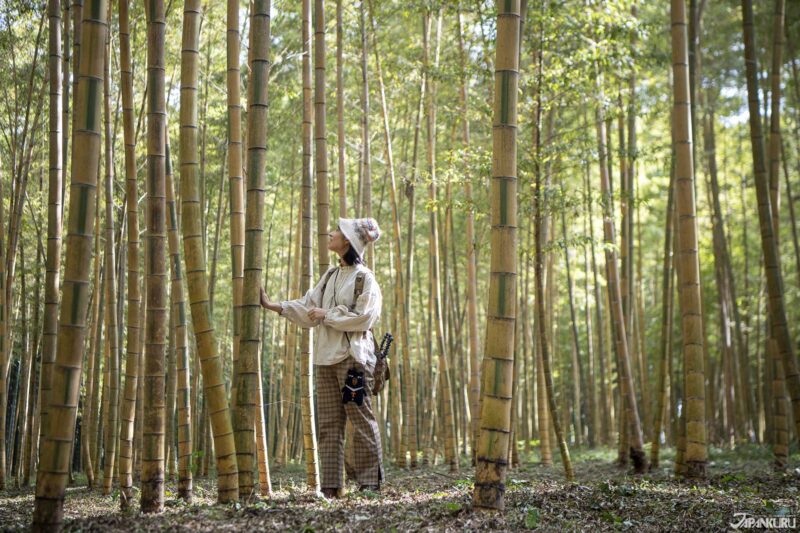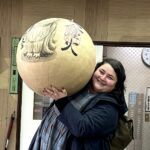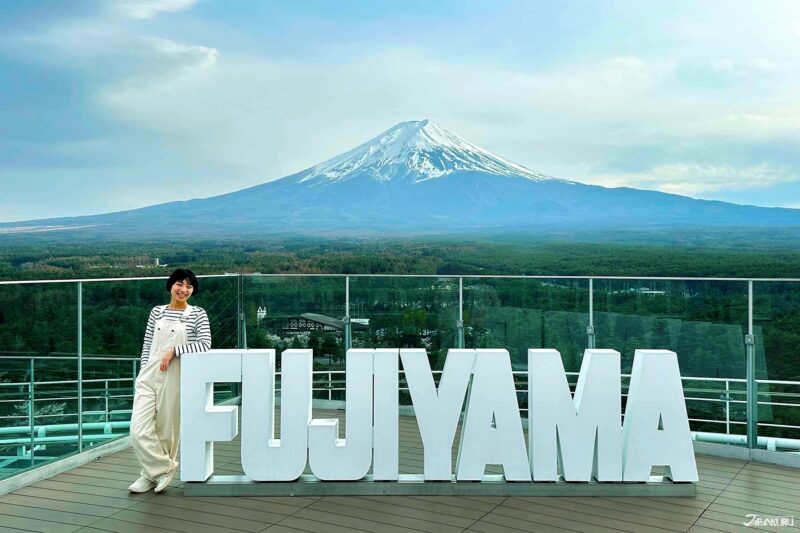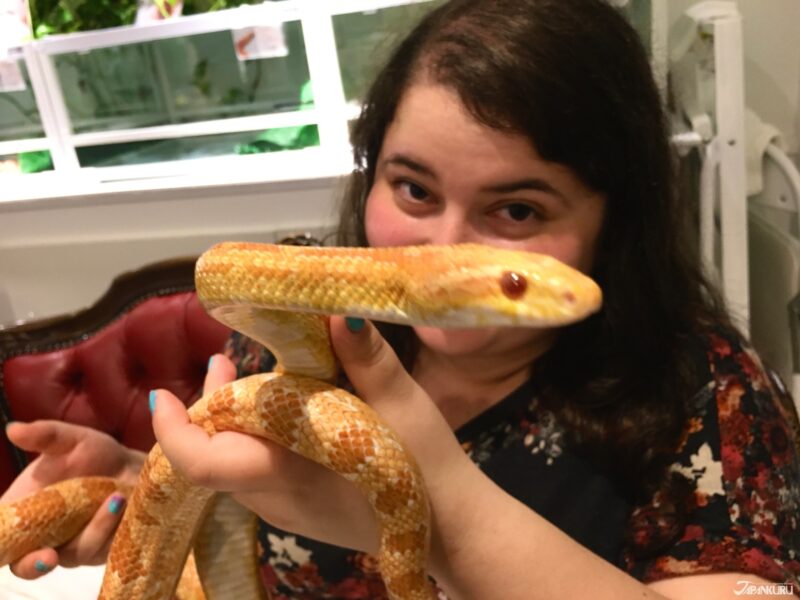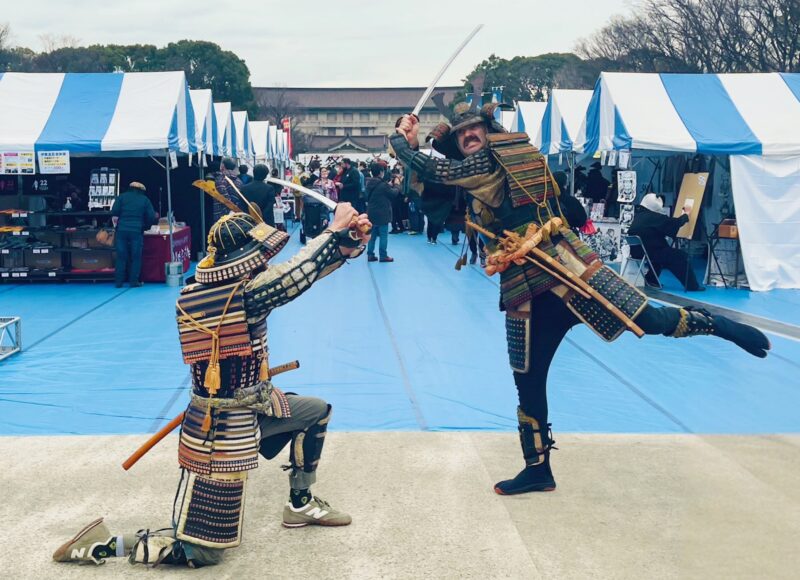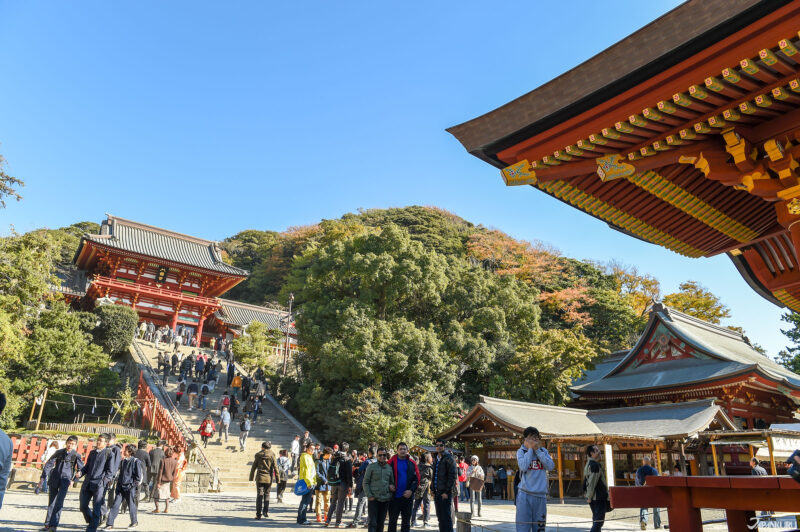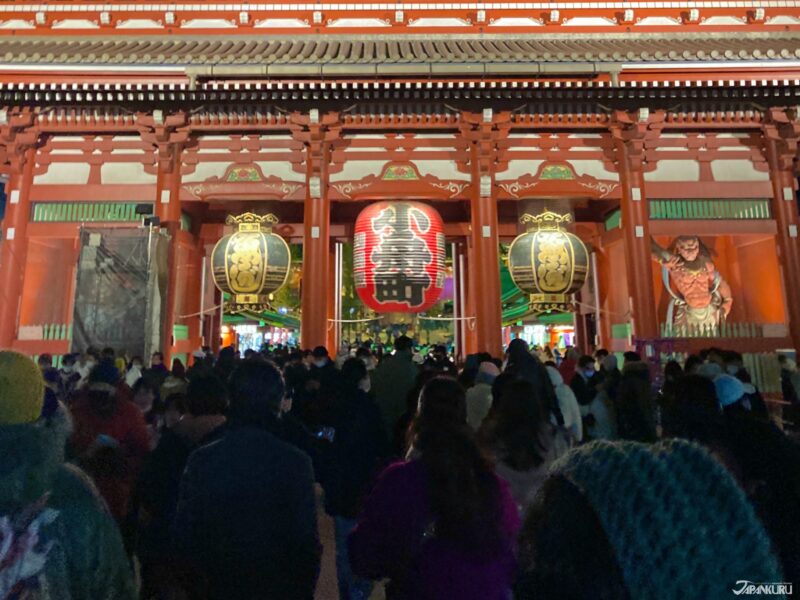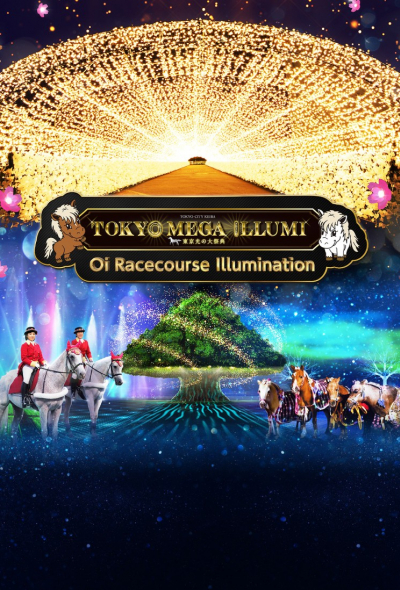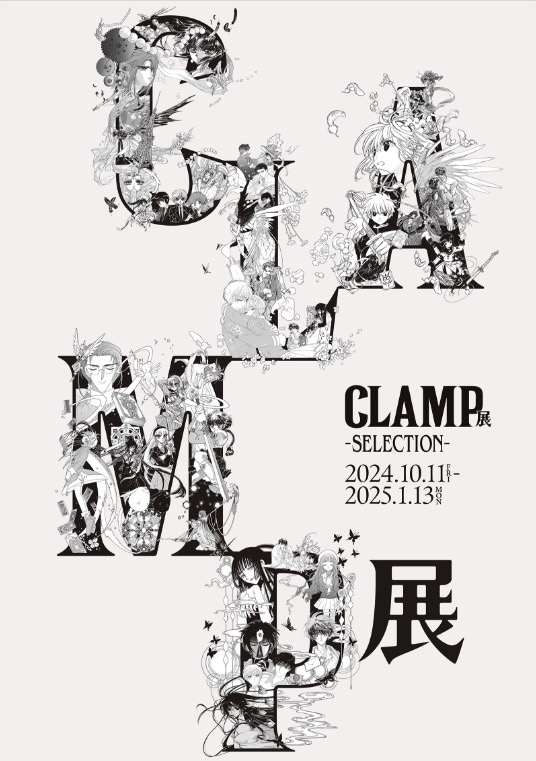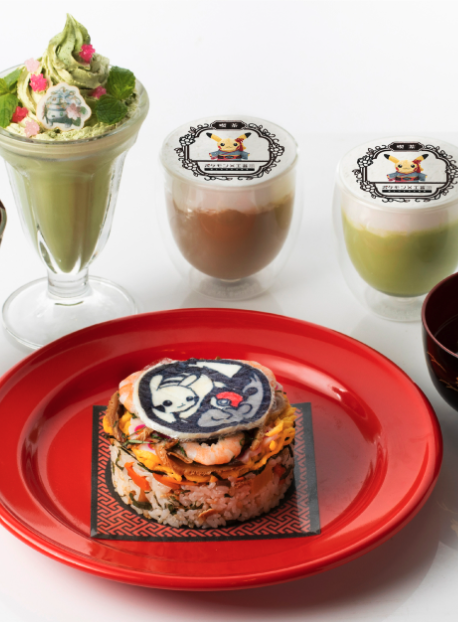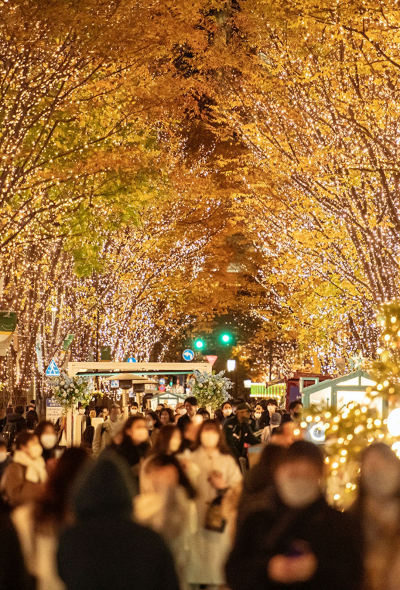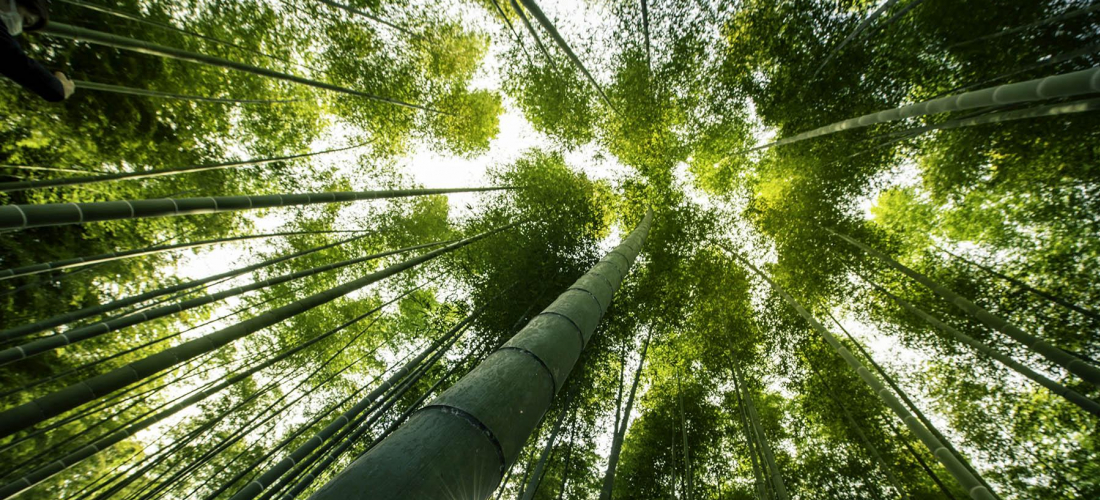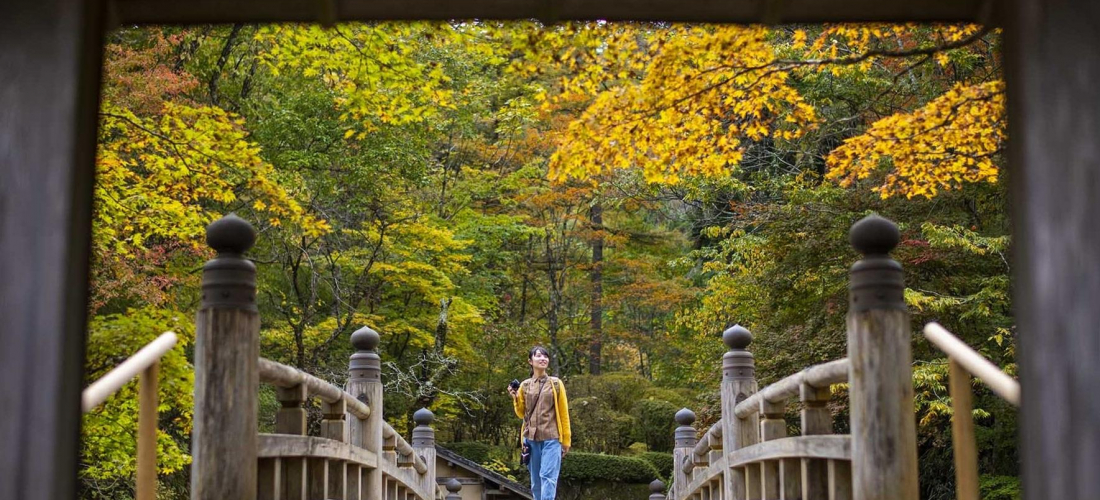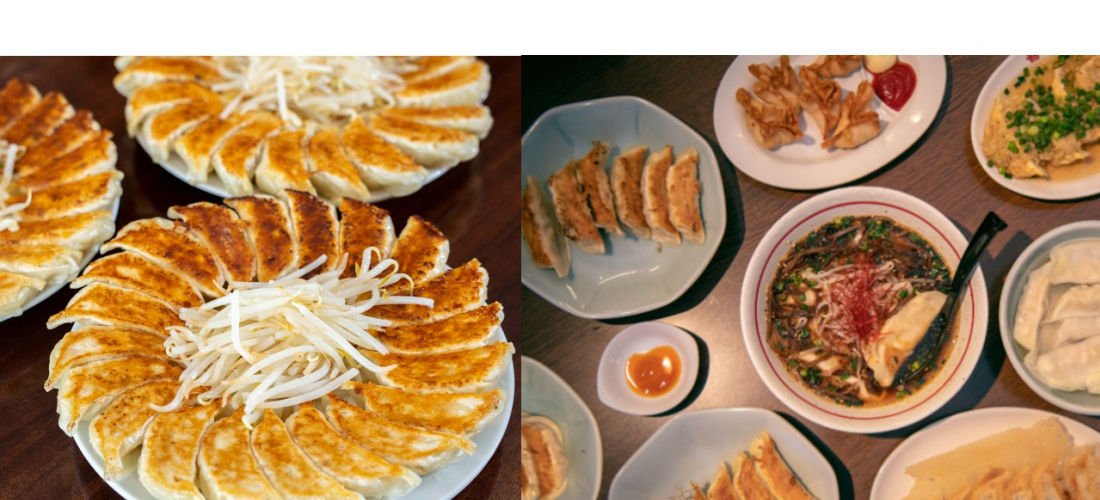CONTENTS
This unique destination less than an hour from Tokyo has some unusual attractions; visit Utsunomiya for tasty Japanese food, fun local history, and more!
Utsunomiya: The Best Day Trip From Tokyo You’ve Never Heard of
When you’re looking to branch out, get away from the busy city streets of Tokyo, and explore the surrounding area, there are a number of local destinations that make popular day trips from Tokyo. But one recommendation you’re not likely to hear is Utsunomiya, a somewhat inconspicuous city known more as just another stop on the northern Japanese shinkansen lines than as a tourist destination. Located within the prefecture of Tochigi, travelers in the area are more likely to make their way past Utsunomiya to get to more famous sightseeing spots like Nikko, but Utsunomiya has its own unique history that has left the city with massive rock quarries, beautiful groves of bamboo, and some fantastic music and food culture. Only about 45 minutes from Tokyo via the shinkansen, or two hours away via local trains (about half the price), Utsunomiya is one of Japan’s many undiscovered sightseeing destinations, and now’s the time to visit before the crowds arrive. Check out a few of our favorite Utsunomiya recommendations for a fun day trip in the Tokyo area, or stay the night in Utsunomiya on your way to Nikko, the Tohoku region, and beyond!
Oya History Museum (大谷資料館)
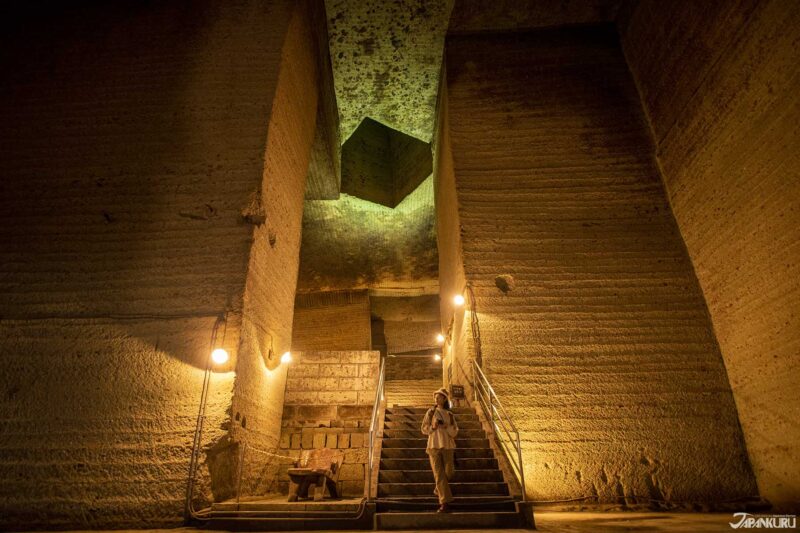
People have been living in this part of Japan since the Stone Age, and the town of Utsunomiya formed around the Utsunomiya Futarayama Shrine in the 4th century, well over 1600 years ago. But once the community took shape, it didn’t take long for the locals to start searching out the area’s natural resources, and sometime around 1,400 years ago the people of Utsunomiya began to mine a unique form of local rock formed of the pebbles and ash from volcanic explosions estimated around 20 million years ago. Now called “Oya stone,” over the centuries this local resource has become a symbol of Utsunomiya, and the underground quarry where most of the the rock has been sourced was slowly expanded to a massive 20,000m² (215,278ft²) manmade cave. After many long years of active use, the quarry has been retired and transformed into the Oya History Museum, allowing visitors to enter this otherwordly space and learn more about Utsunomiya history while they’re there.
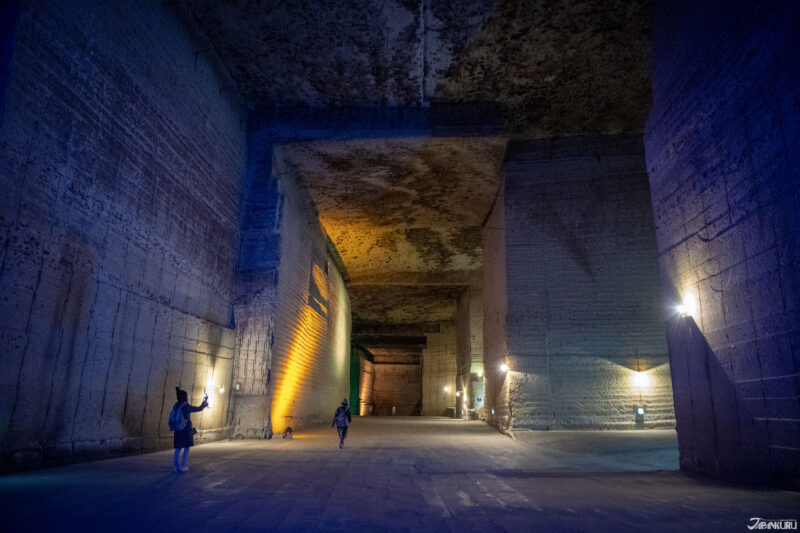
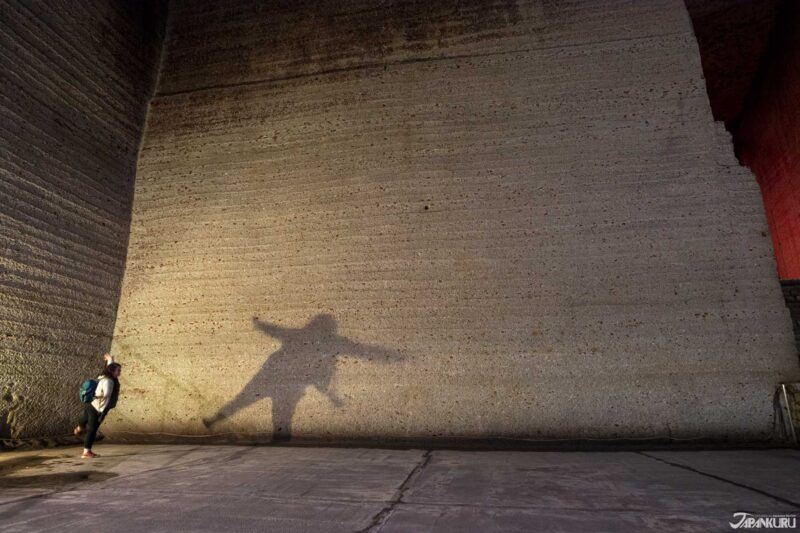
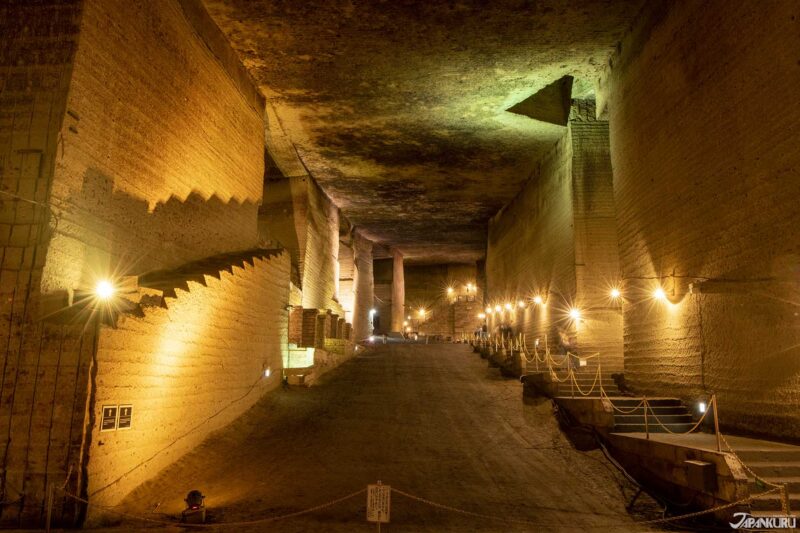
Traipse down the steps almost 30m (~100ft) underground to enter the Oya History Museum, a quarry turned cave turned local attraction, where signs on the wall discuss centuries of local industry and history, and Japanese rock stars stop by to film their latest music video. The inconspicuous staircase makes the entrance into this cavernous space even more surreal, as the enormous quarry opens out in front of you to reveal an array of caverns carved out of the bedrock. Thanks to all the surrounding stone insulating the space from the outside, the temperature stays steady year-round and rarely budges from the average of 7°C (45°F), making it especially shocking on the hottest and coldest days of the year. Back in the Edo era, Oya stone was quarried to construct iconic buildings around Japan, and visitors can still see marks left from the old-fashioned pickaxes – it supposedly took 4,000 strokes to shape each block of stone! These days, you’re more likely to see film crews at work in the depths. Not only has it been used as a moody and unusual backdrop in countless music videos (artists include X Japan, Glay, and DBSK), but the Oya History Museum is also regularly used for scenery in movies and TV shows like the 2014 Rurouni Kenshin movie, Kamen Rider, and much more. Spend a morning deep in the caves to learn about local history, check out temporary art exhibitions, enjoy the alien atmosphere, and put together your own impromptu photoshoot against the rocky backdrop!
Oya History Museum (大谷資料館)
909 Oyamachi, Utsunomiya, Tochigi
Hours:
Apr ~ Nov: 9:00 – 17:00
Dec ~ Mar: 9:30 – 16:30 (closed Tuesdays)
Admission: adults 800 yen | children 400 yen
Official Website (jp)
Utsunomiya Gyoza (宇都宮餃子)
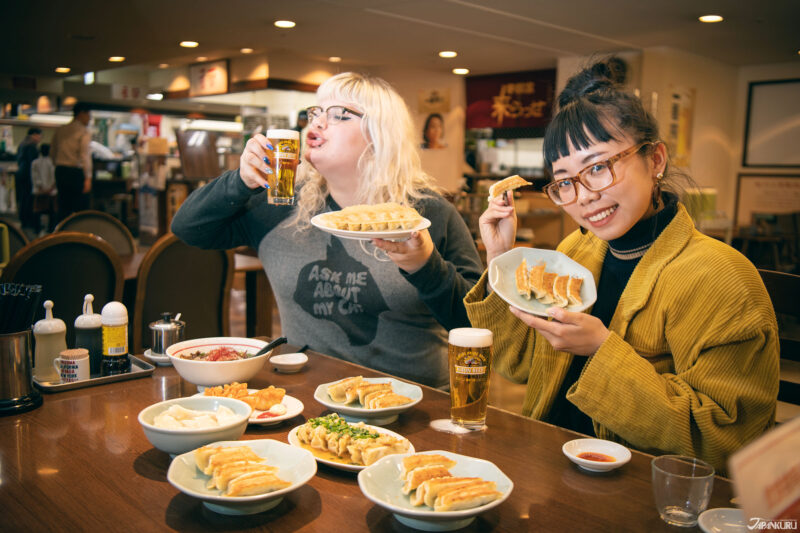
Ready for a taste of local Utsunomiya? By far the city’s most famous local specialty is gyoza, Japan’s iconic dumplings, and the people of Utsunomiya have had the highest rate of gyoza consumption per household in Japan for 15 years and counting. This inland region of Japan is hot in the summer and cold in the winter, and it’s said that the hearty stomach-filling power of gyoza became a popular pick-me-up by giving locals the energy needed to get through the extreme weather. Unlike many other Japanese localities known for their gyoza, Utsunomiya doesn’t stick to one particular style, and the gyoza-loving locals have supported the growth of many dozens of different gyoza shops all over the city. There are plenty of shops offering simple pan-fried gyoza filled with a balance of pork, cabbage, green onion, other classic flavors – but you can also find boiled gyoza and deep-fried gyoza, plus gyoza with unique fillings and additions like yuzu, leeks, or kimchi. If you like gyoza, a trip to Utsunomiya is a no-brainer.
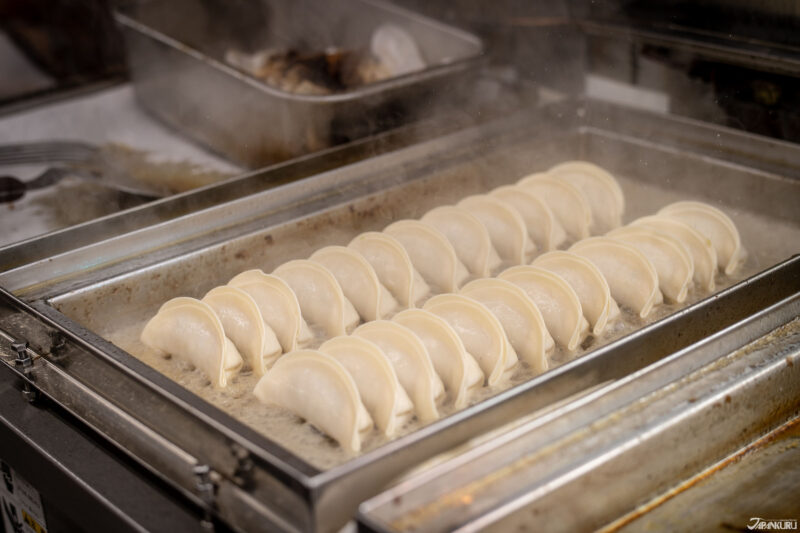
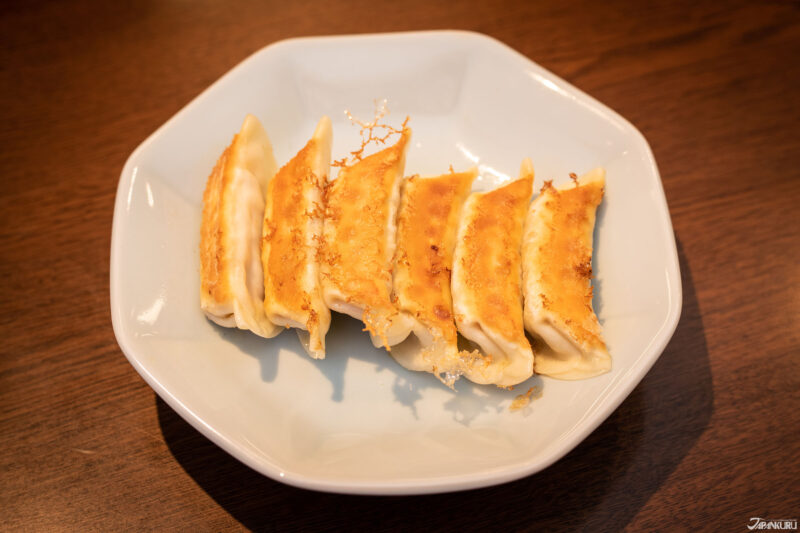
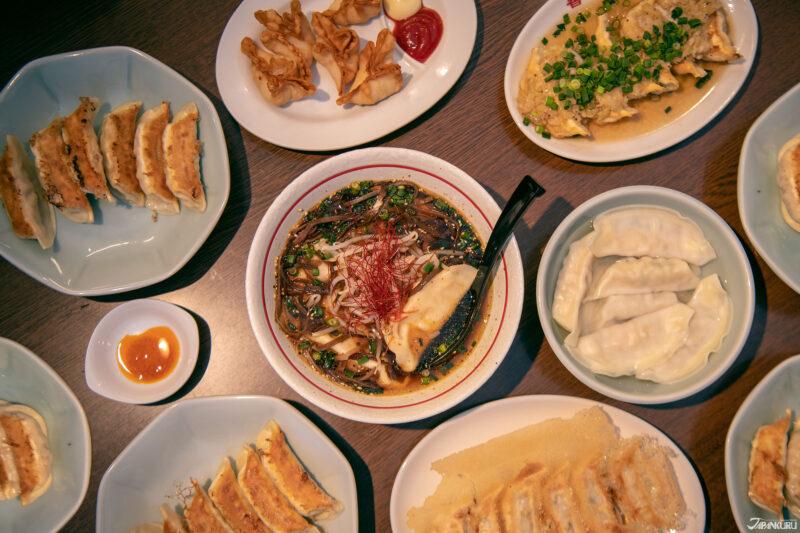
If you arrive in Utsunomiya with a growling empty stomach, there are a number of gyoza shops right in front of the station, but you can also explore your options with a Gyoza Map showing off some of the many local shops. The Japankuru team is quite fond of a local gyoza food court called Kirasse, organized by the official Utsunomiya Gyoza Association, which includes counters from a handful of the most popular Utsunomiya gyoza shops. We recommend trying as many different shops as possible, so it’s a great place to bring lots of friends and family for a meal that’s cheap and cheerful. Order from Minmin (みんみん), Menmen (めんめん), Satsuki (さつき), Kyoran (香蘭), and Gyoza Ryumon (ぎょうざの龍門), then try some gyoza from any of the many rotating shops that are only available on certain days of the week! Over the course of a single meal, you can polish your gyoza-tasting skills, and become an Utsunomiya gyoza expert.
Kirasse (来らっせ)
2-3-12 Babadori, Utsunomiya, Tochigi
*Find Kirasse downstairs below Don Quijote
Hours: 11:00 – 20:30 (~21:00 on weekends)
Official Website (jp)
Wakayama Farm Bamboo Forest (若山農場)
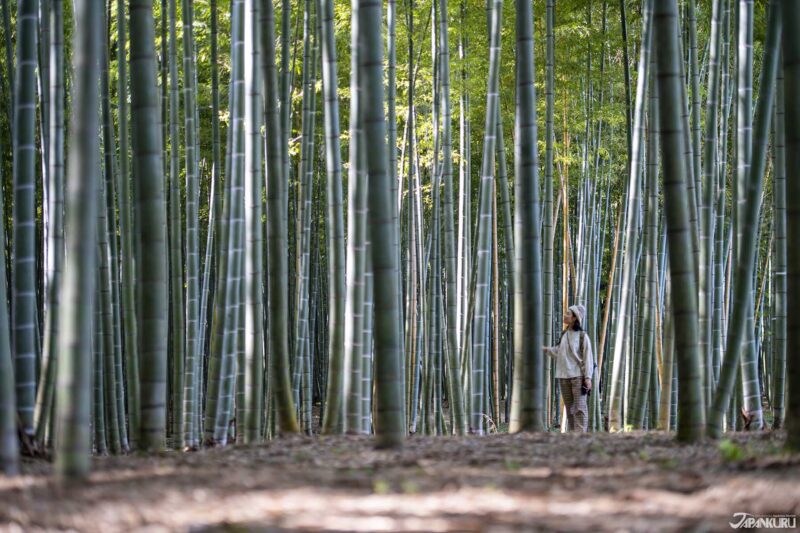
Forget the famous bamboo grove in Kyoto! It’s surprisingly small, cramped, and crowded with visitors from sunup to sundown. Visit Utsunomiya’s amazing bamboo forests instead!
Despite being a ten-minute drive from the Oya History Museum, the Wakayama Farm Bamboo Forest feels like it’s a world away from the network of dark caverns, with rays of sunlight shining through thick groves of tall bamboo. Wakayama Farm has been growing bamboo on this land for three generations, shaping the lands for the past century, and these days they welcome visitors as well! Travelers get a chance to enjoy the verdant green of seemingly infinite bamboo groves, the sunshine peeking through the stalks and painting the smooth dirt paths with dappled sunshine, and the quiet whisper of wind through the unique forest landscape. Utsunomiya, it turns out, has a natural environment that is ideally suited for bamboo growth, encouraging young bamboo shoots to rocket upwards to full height over the span of just two months or so. As the bamboo has flourished, Wakayama Farm has expanded, and these days they grow all kinds of different bamboo, including rare varieties with beautiful colors and patterns!

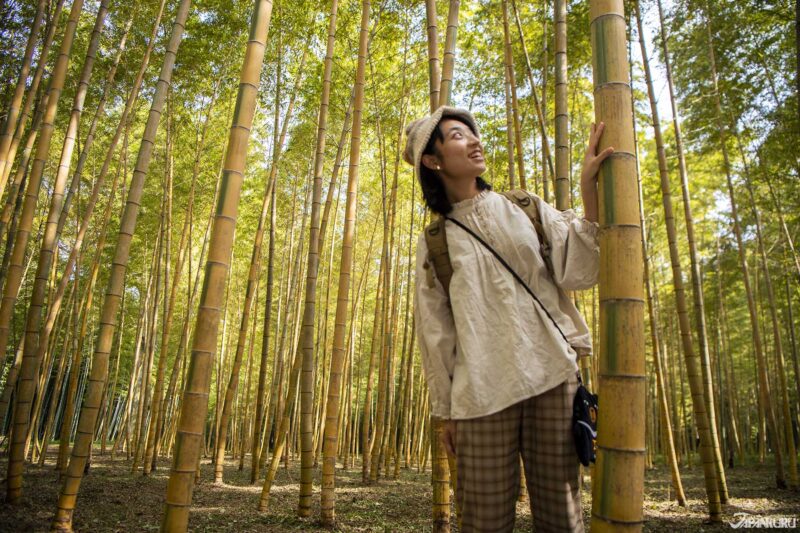
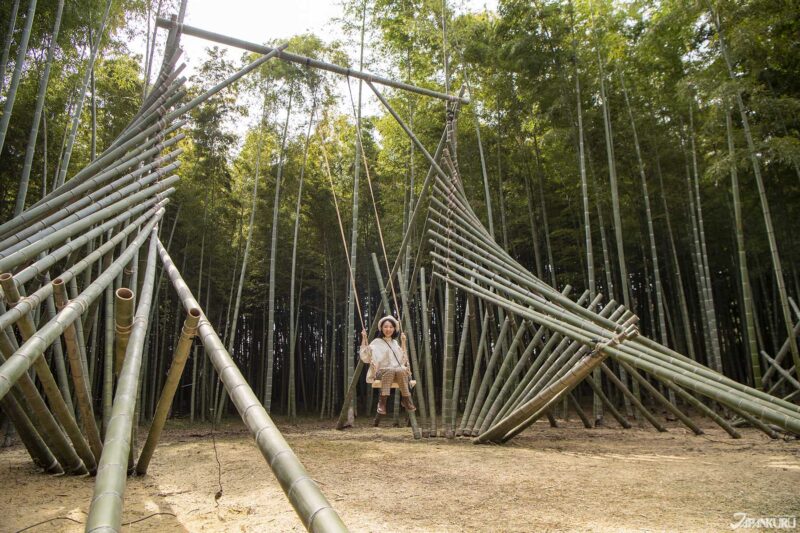
The unique atmosphere and the lack of crowds make the Wakayama Farm bamboo forest another extremely popular spot for photo and video shoots, and you might run into cosplayers taking insta-bae photos among the bamboo, or even movie crews filming dramatic samurai swordfights in the clearings (this is another setting in the 2014 Rurouni Kenshin live-action film). On snowy days, photographers flock to Wakayama Farm to see the fluffy white snow settling around the bright green bamboo, and on weekends throughout the year, visitors can stay after dark to see the bamboo illuminated with elegant bamboo lanterns. But the Japankuru team is especially fond of visiting on sunny weekdays, when you can often stroll through the bamboo for as long as you want without running into anybody else, or even bring a book and sit down in the quiet groves to relax all afternoon. It’s like your own little piece of paradise.
Wakayama Farm (若山農場)
2018 Takaragihoncho, Utsunomiya, Tochigi
Hours:
Weekdays: 9:00 – 17:00
Weekends/Holidays: 9:00 – 20:00 (~21:00 in June, July, & August)
Admission: adults 750 yen | elementary/middle schoolers 500 yen | preschoolers 250 yen
*Additional fee required for Bamboo Forest Illumination.
Official Website (en)
Utsunomiya Jazz Bars
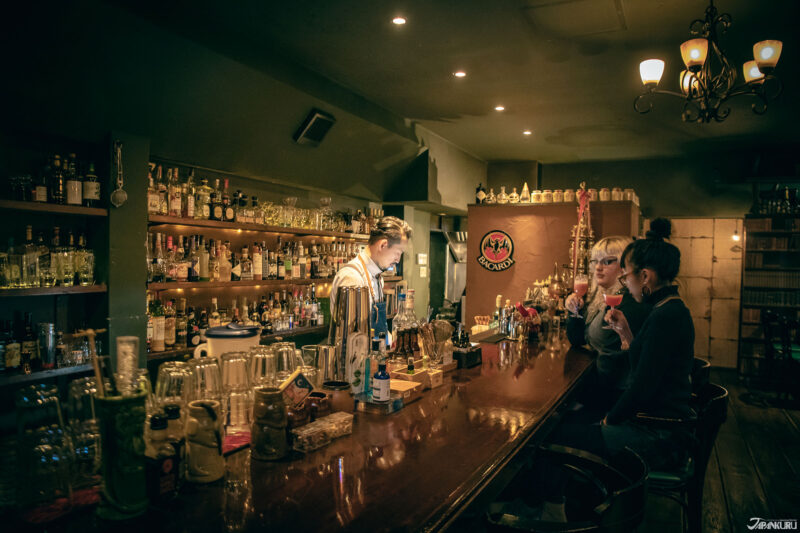
Utsunomiya has a reputation for gyoza and a history of unique industry, but what even many Japanese people fail to realize is that it’s also the home of Japanese jazz! As the birthplace of legendary saxophonist Sadao Watanabe, who has worked with international stars like John Coltrane and Chick Corea and been nicknamed “The Father of Japanese Jazz,” Utsunomiya has a long history of jazz music and a still-thriving jazz scene, with a frankly surprising number of jazz clubs for your average Japanese city. An evening at a local jazz club is the perfect way to finish a full day in Utsunomiya and celebrate the city’s broad, and rather unique, cultural history.
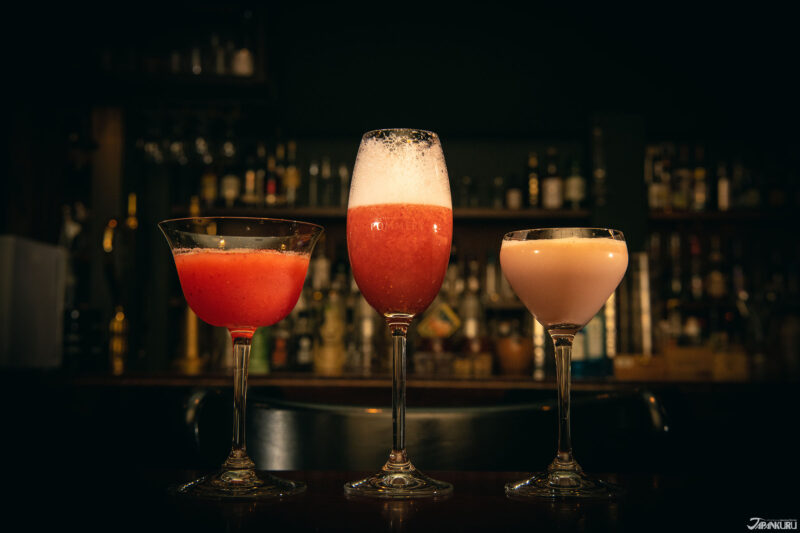
If you can appreciate a good mixed drink, you might be interested to hear that some Utsunomiya fans actually call the place “The City of Jazz and Cocktails.” Many of the city’s bars and jazz clubs place an emphasis on creative bartending, and people around Japan began to take notice when Utsunomiya bartenders won Japan’s National Bartenders Competition four years in a row. While Utsunomiya’s famed flair bartender Michihiko Miyazaki closed shop in 2023, putting an end to his thrilling fire-filled bartending performances so popular with visiting sightseers, the city is still a great place to grab a cold drink and catch a jazz performance. Curious travelers can check the Utsunomiya Jazz Association’s official website for lists of popular bars and clubs, and even local performance schedules!
Get Out of Tokyo & Explore Tochigi
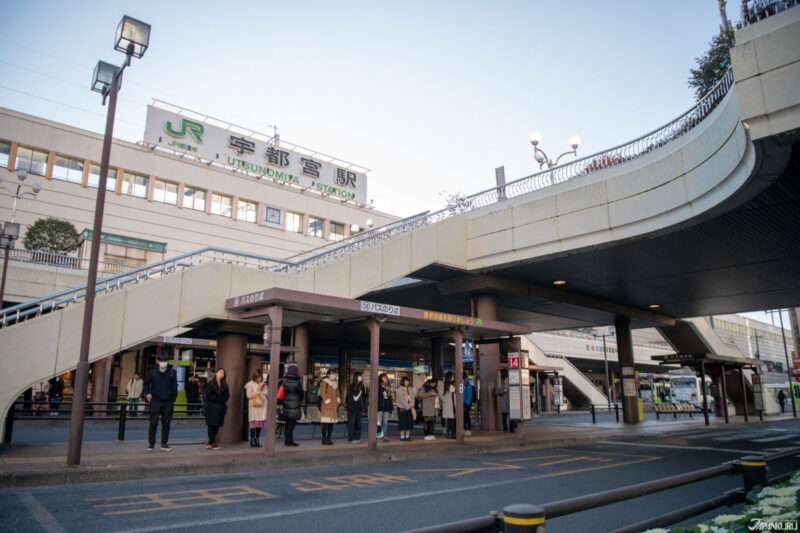
There’s a lot to do when visiting Tokyo, but sometimes the most fun you can have is just a short trip away, when you get out of the city for a day or two! Utsunomiya offers a day trip less than an hour from Tokyo, with attractions that make you feel like you’ve somehow taken the shinkansen into a fantasy novel instead of a small Japanese city, plus enough good gyoza to satisfy even the biggest dumpling diehard, and some uniquely jazzy nightlife. Tochigi Prefecture is full of fun destinations that can be enjoyed in just a day or two, close to Tokyo but a world away from the hustle and bustle of a busy metropolis, and we think that Utsunomiya is one of the most underappreciated options available to modern-day travelers. Next time you’re looking for a day not in Tokyo, try a trip to Utsunomiya.
For more info and updates from Japan, check Japankuru for new articles, and don’t forget to follow us on X (Twitter), Instagram, and Facebook!
Details
NAME:Utsunomiya, Tochigi (栃木県宇都宮市)
MAP
Half a lifetime ago I came to Japan for a semester abroad... and I never left. I guess I really like the place! I spent my first few years in Japan living in the middle of nowhere, so I'd love to hear your Tokyo recommendations via Japan's social media accounts!
COMMENT
FEATURED MEDIA
VIEW MORE
A Tokyo Winter Must-See: Tokyo Mega Illumination Event Period: November 2, 2024 ~ January 12, 2025 *Closed Nov 4~8, Dec 1~6, Dec 25~ Jan 1. End date may be subject to change. Hours: 16:30 – 21:00 (final admission 20:00) *Opening hours may vary depending on scheduled events or congestion, please check the official website for details. Directions: 2 min. walk from Tokyo Monorail Oikeibajo-Mae Station, 12 min. walk from Keikyu Tachiaigawa Station #japankuru #tokyowinter #tokyomegaillumination #megaillumination2024 #tokyocitykeiba #도쿄메가일루미네이션 #tokyotrip #oiracecourseillumination

Tokyo Shopping Spot Recommendation: New Balance Kichijoji #newbalance #newbalancekichijoji #newbalancejapan #japanesesneakerheads #shoppinginjapan #japantrip #도쿄여행 #도쿄쇼핑 #뉴발란스 #일본한정 #일본패션 #日本購物 #日本買衣服 #NB #日本時尚 #東京購物 #รองเท้าnewbalance #นิวบาลานซ์ #รองเท้าผ้าใบ #ช้อปปิ้ง #คิจิโจจิ #japankuru

See Kyoto Clearly With Your New Glasses #japankuru #kyoto #jins #교토여행 #진즈 #京都 #교토수족관 #가모가와 #kamogawa #kyotoaquarium

The First Japanese Converse Flagship: CONVERSE STORE HARAJUKU #japankkuru #conversejp_pr #conversejapan #harajuku #tokyotrip #converse #tokyoshopping #匡威 #帆布鞋 #東京購物 #原宿 #日本時尚 #일본쇼핑 #일본컨버스 #일본한정 #하라주쿠 #일본패션 #일본스트릿 #รองเท้าconverse #รองเท้าผ้าใบ #ช้อปปิ้ง #ฮาราจูกุ #คอนเวิร์ส

Japanese Makeup Shopping • A Trip to Kamakura & Enoshima With Canmake’s Cool-Toned Summer Makeup #pr #canmake #enoshima #enoden #에노시마 #캔메이크 #japanesemakeup #japanesecosmetics

⚔️The Robot Restaurant is gone, but the Samurai Restaurant is here to take its place. Check it out, and don't forget your coupon! 🍣신주쿠의 명소 로봇 레스토랑이 사무라이 레스토랑으로 부활! 절찬 쿠폰 발급중 💃18歲以上才能入場的歌舞秀,和你想的不一樣!拿好優惠券去看看~ #tokyo #shinjuku #samurairestaurant #robotrestaurant #tokyotrip #도쿄여행 #신주쿠 #사무라이레스토랑 #이색체험 #할인이벤트 #歌舞伎町 #東京景點 #武士餐廳 #日本表演 #日本文化體驗 #japankuru #japantrip #japantravel #japanlovers #japan_of_insta

Japanese appliance & electronics shopping with our KOJIMA x BicCamera coupon! 用JAPANKURU的KOJIMA x BicCamera優惠券買這些正好❤️ 코지마 x 빅 카메라 쿠폰으로 일본 가전 제품 쇼핑하기 #pr #japankuru #japanshopping #kojima #biccamera #japaneseskincare #yaman #dji #osmopocket3 #skincaredevice #日本購物 #美容儀 #相機 #雅萌 #日本家電 #일본여행 #면세 #여행꿀팁 #일본쇼핑리스트 #쿠폰 #일본쇼핑 #일본브랜드 #할인 #코지마 #빅카메라 #japankurucoupon

Odaiba's DiverCity Tokyo Plaza is home to the famous real-size 20m-tall Unicorn Gundam, and the popular shopping center has even more Gundam on the inside! Check out the Gundam Base Tokyo on the 7th floor for shelves upon shelves of Gunpla, and the Gundam Base Tokyo Annex on the 2nd floor for cool anime merchandise. Both shops have tons of limited-edition items! #pr #odaiba #tokyo #tokyotrip #japantrip #japantravel #PR #divercity #divercitytokyoplaza #tokyoshopping #gundam #unicorngundam #gundambasetokyo #anime #otaku #gunpla #japankuru #오다이바 #다이바시티도쿄 #오다이바건담 #건담 #일본건담 #건프라 #건담베이스도쿄

